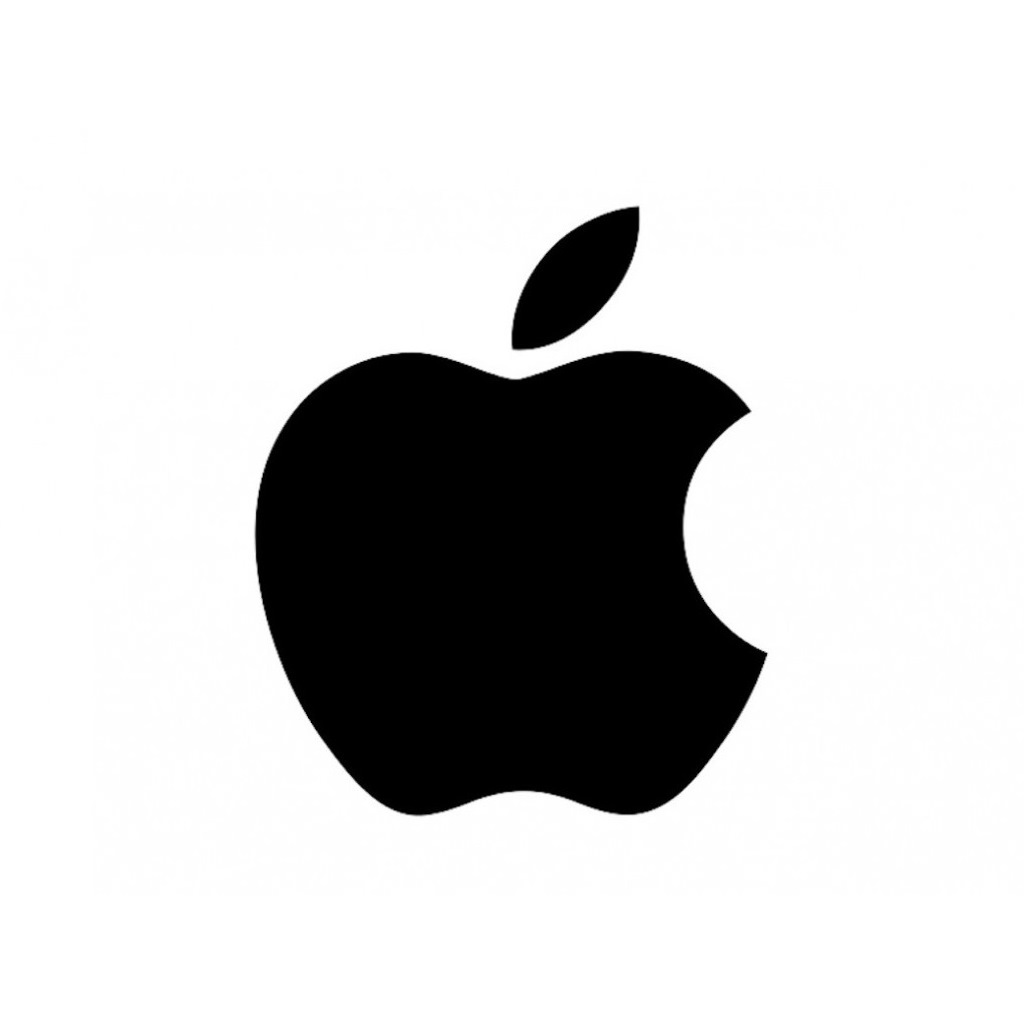Technology
Just How Much Analysts Are Taking Apple Price Targets Down

Published:
Last Updated:

Apple Inc. (NASDAQ: AAPL) has found itself somewhere without direction. The world’s largest company by market capitalization posted its first revenue decline in a decade, and what was expected to be muted guidance was even less than expected.
24/7 Wall St. covered the earnings report in depth, noting that it looks like a fundamental shift. Now Apple can try selling itself as a value stock until its “next next-thing.” We have also tracked many key analyst calls for Apple, with many of them lowering their price targets.
Apple was maintained as Buy at Merrill Lynch, but the price objective was cut to $120 from $125. Merrill Lynch’s Wamsi Mohan showed concern that the guidance was far weaker than he expected. His report showed the following concerns:
Piper Jaffray’s Gene Munster, who is considered one of the top axes in Apple, maintained his Overweight rating and bullish views. That being said, Munster took down his own price target from one of the most bullish targets of $172 to $153 based on new sales and earnings assumptions.
Goldman Sachs maintained its Buy rating, but Apple has now been stripped off of the prized Conviction Buy list. Its price target was lowered to $136 from $155.
Oppenheimer cut the rating to Perform from Outperform, thus removing any upside price targets. Oppenheimer’s Andrew Uerkwitz previously had a $120 price target, but now thinks the stock is in a holding pattern. His report said:
We are downgrading Apple to Perform as we believe that weaker performance seen in this quarter is likely to recur until 2017’s iPhone launch. We believe Apple won’t provide a compelling reason to upgrade until then, when the new iPhone adopts more VR-friendly features. Such belief leads to our more bearish outlook for the coming iPhone cycle and has us look past favorable longer-term trends. We see the stock trading sideways while investors grapple with perceived slowing innovation and unit growth on the one hand, and massive cash generating, dividend paying, attractive valuation on the other. We believe once year-over-year growth returns, the stock will work again. We see this happening in the second half of 2017 thus we change our rating to Perform and remove our $120 price target.
Wells Fargo’s Maynard Um gave a tagline that “The Thesis Formerly Known as Growth Is Still Coming.” He maintained his Outperform rating and said that his own analysis would suggest that now would be the time to get more bullish on Apple shares. Wells Fargo’s valuation range is $120 to $130. Um’s valuation and thesis combined said:
We believe the risk/reward at 8 times our free cash flow is tilted favorably with investor sentiment likely reflecting potential first half softness and our view that iPhone shipments have not peaked and would increase year over year in December 2016.
Credit Suisse echoed Wells Fargo, noting opportunities here on the pullback. The firm’s Kulbinder Garcha reiterated his Outperform rating and kept his price target at $150, despite weaker than expected guidance. He lowered his June quarter revenue estimate to $41.9 billion and lowered its 2016 and 2017 earnings estimates to $8.18 and $9.64 per share, respectively. He said:
Given high retention, a superior ecosystem, and a multi-product compute advantage, we believe free cash flow of approximately $67 billion should be sustainable long term.
S&P Capital IQ maintained its Strong Buy rating, and it kept the $130 price target for 12 months out. The firm said:
With shares down sharply post the March-quarter results, we see Apple as a compelling risk/reward opportunity. We note near term headwinds including tough comparables, weak iPhone 6S replacement cycle, and decelerating smartphone space. However, we believe an iPhone 7 launch in late September will allow Apple to return to growth and see its net cash per share over $29 aiding valuation.
There were many other key analyst calls, upgrades and downgrades, as well as price target changes with maintained ratings. These have been featured below.
Barclays kept its Overweight rating, but cut the target to $121 from $131.
Brean Capital maintained its Buy rating on Apple, but cut the target price to $125 from $155.
BTIG maintained a Buy rating, but it cut the target price to $115 from $130.
Canaccord Genuity maintained its Buy rating but cut the target to $130 from $146.
Cowen maintained its Outperform rating, while cutting its price target to $125 from $135.
Macquarie maintained its Outperform rating, but cut its price target to $112 from $117.
Maxim Group kept its Buy rating but cut the target to $157 from $162.
Nomura maintained its Buy rating, but cut its target to $120 from $135.
Pacific Crest maintained its Overweight rating but cut the target price to $123 from $127.
RBC Capital Markets maintained its Outperform rating but cut the target to $120 from $130.
Robert W. Baird’s team lowered its price target to $120 from $130.
Shares of Apple closed at $104.35 ahead of earnings on Tuesday, and the pre-news consensus analyst price target was $133.87. That target will obviously be lower now, and Apple shares were last seen trading down 6.5% at $97.70 on more than 88 million shares as of 2 p.m. Eastern Time. Apple’s 52-week trading range is $92.00 to $134.54.
Another argument worth consideration is whether Google will again retake Apple’s pole position for market cap. 24/7 Wall St. had also pointed out some of the more cautious analyst calls ahead of Apple’s earnings.
Thank you for reading! Have some feedback for us?
Contact the 24/7 Wall St. editorial team.